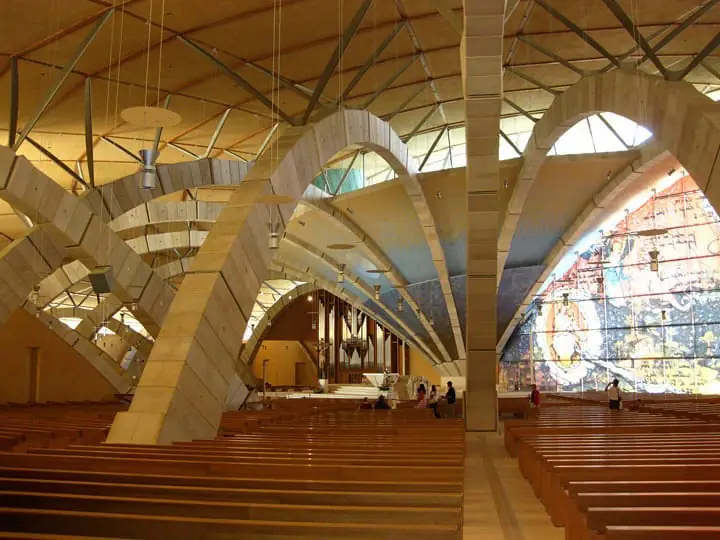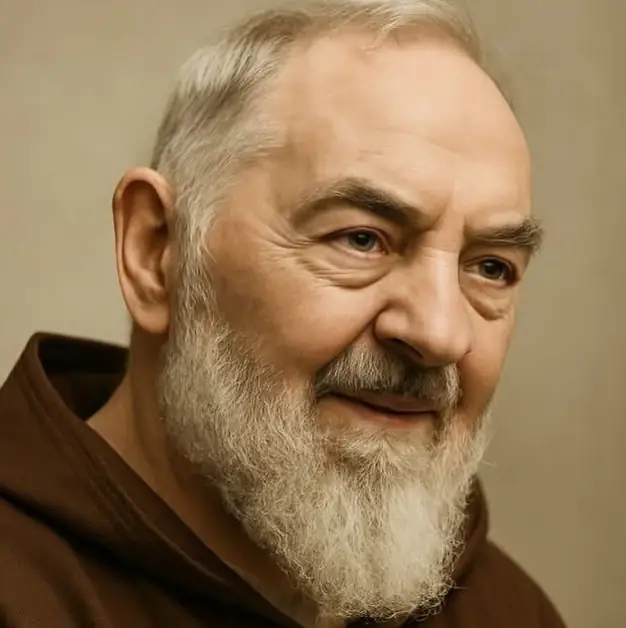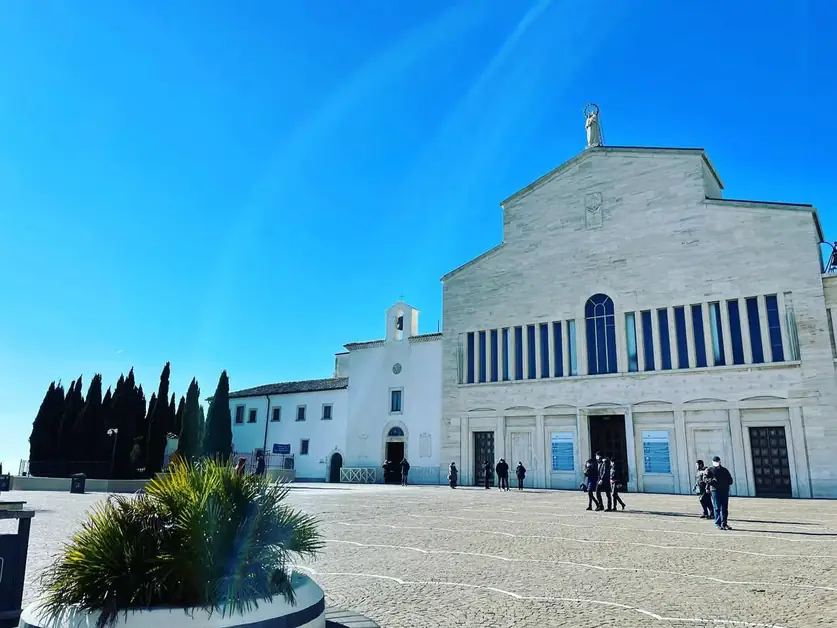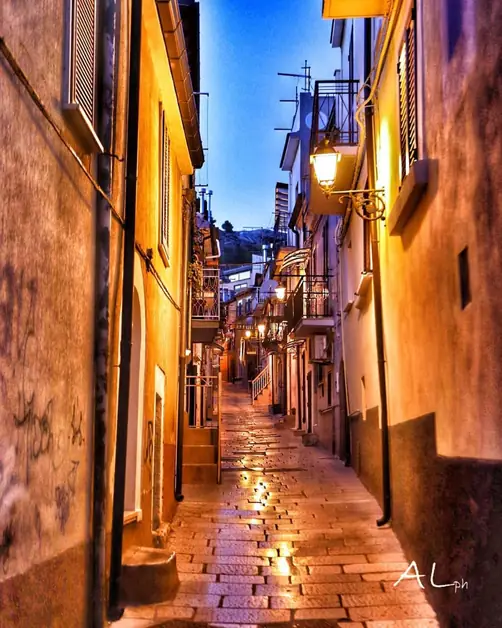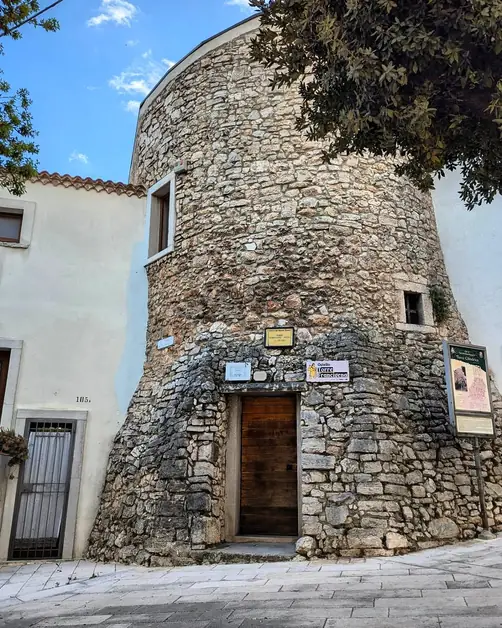The extraordinary life of Padre Pio from Pietrelcina
The life of Padre Pio from Pietrelcina is an extraordinary journey of faith and miracles.
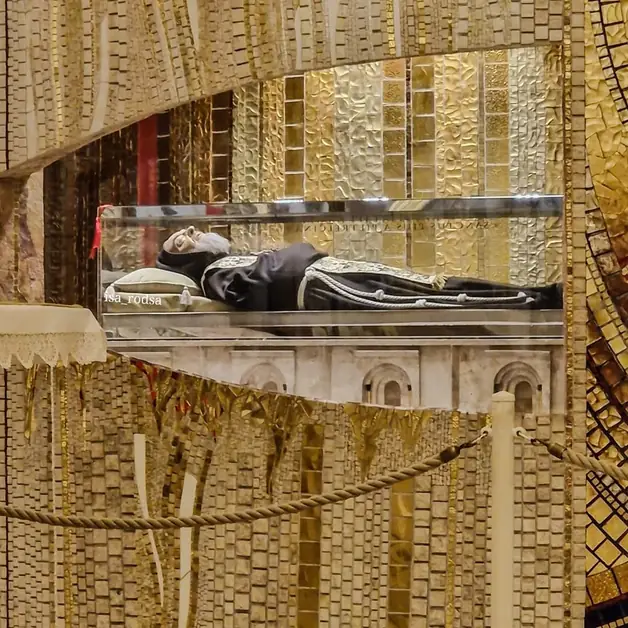
When was Padre Pio born?
On May 25, 1887, he was born in Pietrelcina, province and diocese of Benevento, the fourth child of Grazio Forgione and Maria Giuseppa De Nunzio. The next day he was baptized with the name Francesco.
At what age did he feel the religious vocation?
He felt the religious vocation at the age of five when he promised to consecrate himself forever to the Lord. At that same age, he already subjected himself to harsh penances, defended himself from the attacks of devils, and was consoled by ecstasies and celestial apparitions.
Why did the family emigrate?
To make him study and to support the family, work in Pietrelcina was not enough, and dad Grazio decided to emigrate overseas. Meanwhile, Francesco's choice became clear. He wanted to become a "brother with a beard," like Fra Camillo from Sant'Elia a Pianisi, the Capuchin who often came to his village to ask for charity.
When did he enter the novitiate of the Capuchins?
But there were no available places in the Capuchin novitiate. Relatives and friends tried in vain to convince him to try with some other religious family. Finally, a place became available, and on January 6, 1903, Francesco Forgione entered the novitiate of the Capuchins of the religious Province of Sant'Angelo-Foggia (now called Sant'Angelo and Padre Pio) in Morcone, still in the province of Benevento, a few kilometers from Pietrelcina.
When did he make his vows?
He wore the habit as a novice on January 22 of the following year and took the name Fra Pio. Exactly one year later, he made the temporary profession of vows, which he confirmed definitively at Sant'Elia a Pianisi, near Campobasso, on January 27, 1907.
What health problems did Padre Pio have?
Several times, for health reasons, the young friar was forced to leave the convent and his studies. Doctors advised him to return to Pietrelcina to breathe the air of his native village. In fact, here the symptoms eased, but not for the reasons hypothesized by men of science.
When was he ordained a priest?
On August 10, 1910, in the chapel of the canons of the Cathedral of Benevento, the Capuchin, just twenty-three years old, was ordained a priest by Archbishop Paolo Schinosi, thanks to a dispensation from the Holy See. Four days later, Padre Pio celebrated his first solemn Mass in the parish church of Pietrelcina. In the remembrance card, he wrote to Jesus: "for You, holy priest, perfect victim."
What is the meaning of his words?
These are not just words of circumstance. "Several times," in fact, he offers himself "to the Lord as a victim for poor sinners and the souls in purgatory." And the response does not take long to arrive. A few weeks later, the first appearance of the stigmata "visible, especially in one hand" occurs.
What happens after the appearance of the stigmata?
But since "this soul is quite astounded by such a phenomenon," he prays the Lord to withdraw "such a visible phenomenon." The prayer is granted. The "wounds" disappear, but not the "acute pain that is felt, especially at certain times and on certain days." During the same period, the Lord grants the Friar to share "His crowning with thorns and His flagellation."
When does his military experience begin?
On November 6, 1915, during World War I, he began his military experience, marked by three long periods of convalescence due to the reactivation of his mysterious illness with fever up to 52 degrees. The nightmare of the uniform ended on March 16, 1918, when he was discharged for double broncho-alveolitis.
Where does he stay during convalescence?
During one of these periods of convalescence, Padre Pio stayed in the convent in Foggia. He was forced there by his provincial minister and spiritual father, Benedetto da San Marco in Lamis, convinced that his illness was a diabolical phenomenon to keep him away from the cloister. However, in Foggia, the young Friar suffered greatly from the heat.
When does he move to San Giovanni Rotondo?
On July 28, 1916, the guardian of the convent of San Giovanni Rotondo, Father Paolino da Casacalenda, took him with him to the Gargano village, where he found relief. For this reason, he obtained authorization to return there "provisionally" on September 4 of the following year. Instead, he would remain there for life.
What does he experience between August 5 and 7, 1918?
Between August 5 and 7, 1918, he experienced the mystical phenomenon of transverberation: a "celestial figure" violently thrusts "a very long iron blade with a well-sharpened tip" and on fire into his soul.
What happens on September 20, 1918?
On September 20, in the choir of the ancient convent chapel, a "mysterious figure, similar to the one seen on the evening of August 5," appears to him, but with "hands, feet, and side that were bleeding." At the end of the vision, his hands, feet, and "side were pierced and bleeding."
When does the influx of pilgrims begin?
The news of the stigmata spreads already the following year, and the influx of pilgrims begins. From 1919 to 1920, by order of his superiors, Padre Pio was examined by three medical luminaries of the time: Professors Romanelli and Bignami and Dr. Festa.
What are the consequences of the slanders?
Commotion and slanders lead to attempts to transfer Padre Pio to another convent. But the popular reaction prevents this from happening. In May 1931, the Holy Office removed from Padre Pio all faculties of the priestly ministry except for the Mass, which he could only celebrate privately in the internal chapel of the convent.
When do the prohibitions end?
The prohibitions ended on July 14, 1933. The holy Friar returned to his usual life: the holy Mass in the morning, then in the confessional, up to 16 hours a day, to "free the brothers from the snares of Satan." He prayed during breaks, until late at night.
When was Casa Sollievo della Sofferenza founded?
In 1940, the idea of founding "Casa Sollievo della Sofferenza" took shape in Padre Pio. The first stone was laid on May 16, 1947. During the same period, the first Prayer Groups were born.
Who is Karol Wojtyla?
At the beginning of April 1948, among the pilgrims arriving in San Giovanni Rotondo, there was a young Polish priest who confessed to Padre Pio. His name was Karol Wojtyla.
When does the construction of the new church begin?
In 1952, the general of the Capuchins realized that the church of the convent was too small compared to the number of faithful attending Mass. In 1954, Padre Pio began to celebrate outdoors, in the square. In January 1955, work began on the construction of a new, larger church, which was consecrated on July 1, 1959, by the bishop of Foggia, Mons. Paolo Carta. Padre Pio was not present because he was hospitalized.
When is Casa Sollievo della Sofferenza inaugurated?
On May 5, 1956, Casa Sollievo della Sofferenza was inaugurated. The following year, Padre Pio asked the pope that the management of the hospital be entrusted to the Congregation of the Third Order of Franciscan, that the shares be deposited with the IOR, and that, upon his death, the Apostolic See accept the donation of the assets of Casa Sollievo della Sofferenza. The Holy Father accepted all requests.
What happens in 1960?
In 1960, new slanders prompted the General of the Capuchins to ask Pope John XXIII for an apostolic visit to the convent of San Giovanni Rotondo and Casa Sollievo della Sofferenza. The task was entrusted to Mons. Carlo Maccari. "Once the examination of the acts of the apostolic visit was completed," some provisions were enacted, including the prohibition "for priests, and even more so for the Most Reverend Bishops, to serve the Mass of the Father" and the obligation for the Capuchin to celebrate "the Holy Mass within the time limits that devoted priests usually take, that is, in half an hour or at most 40 minutes" and "not to celebrate invariably every day at the same time."
When are the limitations lifted?
The limitations were lifted by the new Pope, Paul VI, a few months after his election.
What were Padre Pio's health conditions in 1966?
In 1966, Padre Pio's health conditions worsened, and he was granted the ability to celebrate Mass while seated. In March 1968, he was forced to move in a wheelchair.
When did he celebrate his last Mass?
At five in the morning on September 22, Padre Pio celebrated his last Mass, during which he was about to faint due to a collapse. Taken to the sacristy, he repeated with difficulty: "My children, my children!"
What happens on September 23?
At 9:00 a.m. on the same day, the apostolic administrator of the religious Province, Father Clemente da Santa Maria in Punta, blessed the crypt created under the presbytery of the large church. At 6:00 p.m., Padre Pio imparted the blessing to the crowd gathered in the church. It was his last public appearance.
When did Padre Pio die?
At 2:30 a.m. on September 23, Padre Pio died, repeatedly uttering the names of Jesus and Mary. During the inspection of the body of the Capuchin, just expired, it was discovered that the stigmata had disappeared without leaving a trace. They were no longer needed. His mission as a priest and victim was over.
When does the canonization process begin?
On March 20, 1983, in the Sanctuary of "Santa Maria delle Grazie" in San Giovanni Rotondo, the cognitional process on the life and virtues of Padre Pio, known as Francesco Forgione, was officially opened, concluding on January 21, 1990, in the same Sanctuary.
When is the beatification process opened?
On February 12, 1990, at the "San Lorenzo da Brindisi" hall of the General Curia of the Capuchin Friars in Rome, the beatification and canonization process was opened by Mons. Antonio Casieri, chancellor of the Congregation for the Causes of Saints.
When is he proclaimed venerable?
On December 18, 1997, in the Consistory hall, in the Vatican, in the presence of Pope John Paul II, the decree on the heroicity of the virtues of Padre Pio was read, granting him the title of "venerable."
When is he proclaimed blessed?
On May 2, 1999, in St. Peter's Square, John Paul II proclaimed him "blessed" the venerable Padre Pio from Pietrelcina.
When is he proclaimed saint?
On June 16, 2002, in St. Peter's Square, Pope John Paul II proclaimed him "saint" the blessed Padre Pio from Pietrelcina.
